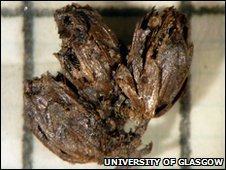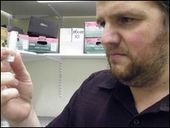OF THE
TIMES
... Yes it seems to have a government thst od being directed from outside it's borders.
A new take on english democracy! [Link]
Meanwhile Genocide Israel and UKUSA eradicating Palestinians.
In the west the chances of an intelligent person serving as prime minister or president are nil. The people of the west have become accustomed to...
"...degenerating into full-fledged fascism " evil . lets call a shovel a shovel shall we .
To submit an article for publication, see our Submission Guidelines
Reader comments do not necessarily reflect the views of the volunteers, editors, and directors of SOTT.net or the Quantum Future Group.
Some icons on this site were created by: Afterglow, Aha-Soft, AntialiasFactory, artdesigner.lv, Artura, DailyOverview, Everaldo, GraphicsFuel, IconFactory, Iconka, IconShock, Icons-Land, i-love-icons, KDE-look.org, Klukeart, mugenb16, Map Icons Collection, PetshopBoxStudio, VisualPharm, wbeiruti, WebIconset
Powered by PikaJS 🐁 and In·Site
Original content © 2002-2024 by Sott.net/Signs of the Times. See: FAIR USE NOTICE


Reader Comments
to our Newsletter